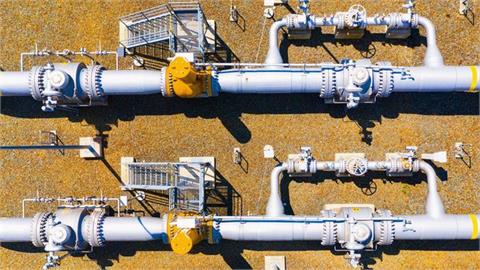The idea of harvesting solar energy in outer space through special antennas and transferring it directly to Earth via microwave beams is not new, although it has been so far seen limited to research projects, due to the high cost of launching material into orbit.
Researchers at the U.S. Naval Research Laboratory have now decided to make the first attempt to test the viability of this technology by sending into space a special solar antenna with the secret X-37B space plane of the US Air Force, which was launched for a long-duration mission in low Earth orbit on Sunday.
The PV device, dubbed Photovoltaic Radio-frequency Antenna Module, is a 12-inch square tile panel that is able to convert sunlight into radio frequency microwave.
This initial test is intended to analyze the antenna’s energy conversion process and resulting thermal performance, the scientists said. "This flight experiment enables researchers to test the hardware in actual space conditions. Incoming sunlight travels through the Earth’s atmosphere, both filtering the spectrum and reducing its brightness,” the research group said. "A space solar system traveling above the atmosphere would catch more energy from each of the sunlight’s color bands.”
The researchers explained that the solar cells used in the device were manufactured with an additional layer to capture blue light in the spectrum in space, without revealing further technical details.
The Japan Aerospace Exploration Agency (JAXA) announced in 2014 a technology roadmap to build orbital solar power stations with a combined capacity of 1 GW by 2030. China said last year it aims to be the first country to launch solar power stations into space that harvest solar energy and beam it back down to Earth.
The US National Aeronautics and Space Administration and the Department of Energy are conducting investigations in this field since the 1970s.
by Emiliano Bellini
(pv-magazine.com, May 19, 2020)



